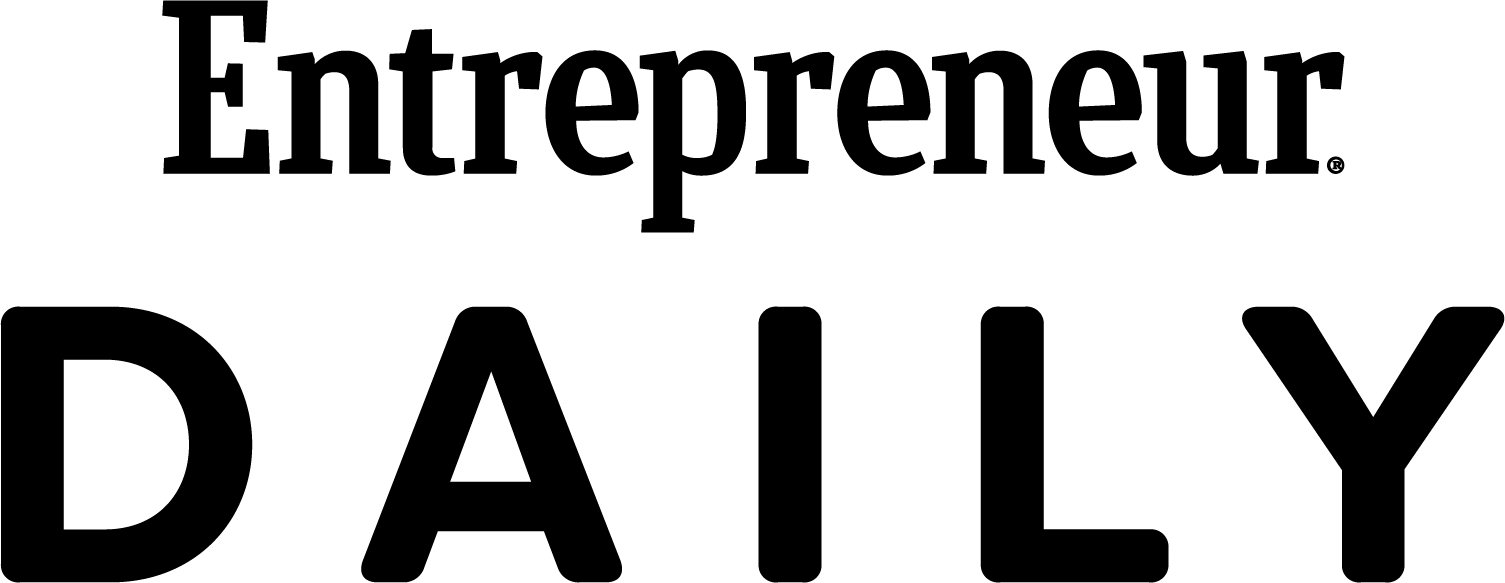Bullying Doesn't Just Happen in Schools. Here's How to Turn a Workplace Culture of Bullying to a Culture of Innovation In today's workplace, you need a culture that allows people to be their best -- inclusiveness and acceptance are essential.
By Thomas Helfrich •

Opinions expressed by Entrepreneur contributors are their own.
Bullying. Inclusion. Exclusivity. Diversity. Innovation. I just wrote that out, and it occurred to me how much these words seem to go against one another. They don't even seem like they are from the same vocabulary, let alone from the same subject. But they are. And as with any change in attitude, we need to understand the problem to act upon a solution and enact some change.
Diverse teams are not just a nice add-on strategy. They can create a culture that unleashes the full power of innovation. But only when management drives this culture and develops the capability to lead it through their actions. Only when everyone in the company understands that the key to winning is accelerating learning, creating and innovating across diverse teams at multiple levels of the organization.
Related: How to Disrupt Workplace Culture to Reinforce High Performing ...
The problem with the bullying culture
The term bully conjures images of a child on a playground, knocking others down and stealing their lunch money. But the impact of adult bullying in the workplace is no laughing matter.
A recent study by the Society for Human Resource Management (SHRM) found that one in three employees believes bullying occurs in their workplace. This figure is especially troubling given that some of the respondents said their organization has an anti-bullying policy in place. The study also found that most organizations don't have a procedure for addressing workplace bullying.
A toxic culture can lead to an inability to recruit and retain talent, lower levels of employee engagement, a lack of creativity, a poor reputation and ultimately low profitability. Bullying creates an environment where people are afraid to speak up, challenge the status quo and take risks.
This means that you end up with a company full of people who are too scared to try new things, too frightened to make mistakes and too afraid to innovate.
This culture has stifled innovation in many companies because it suppresses truly creative thinking. This is because the exclusivity of bullying reduces self-esteem, making people less likely to take risks or put forward new ideas. It also prevents diversity of thought and action — two key ingredients required for true innovation.
How did we get to this point? How have we created such toxic workplaces? And what can be done to change them?
Building an inclusive culture to spur innovation
The culture of bullying is a culture of fear, and it's a culture that stifles innovation. You need to trust each other and have safe conversations so you can challenge each other's ideas.
According to a McKinsey survey, racially and ethnically diverse companies outperform industry norms by 35 percent.
- Innovation happens when different people with diverse backgrounds, skills and experiences share their ideas, knowledge and insights. If all your team members are similar, they won't bring many new ideas to the table. Having more homogenous teams is like having two people look at the same problem from two different angles — they will end up seeing the same thing. In contrast, diverse teams bring fresh perspectives and experience to problems, which leads to new ideas and innovative solutions.
- Inclusive leaders understand that innovation thrives in diverse environments. This is why Google's engineers believe that the company's success rests on its ability to attract a workforce that reflects the diversity of its users. So too does Amazon's CEO, Jeff Bezos, who recently made public a memo sent to all employees reminding them of the value of bringing different perspectives together.
- The inclusive leader is the key to creating an inclusive culture. This leader ensures that all employees feel supported, respected and valued regardless of differences. She or he also builds a culture that fosters diversity of thought and encourages everyone to contribute to the best of their ability. The inclusive leader embraces diversity by bringing more varied people into the organization, hiring across the spectrum of race, gender, ethnicity, religion, sexual orientation, age, disability, etc.
Related: Creating a Culture of Innovation Starts With the Leader
Diversity beyond numbers
Diversity is about more than just numbers, as we often see in many companies today. It's also about how we treat our colleagues and create a culture of innovation that benefits from their diverse opinions and backgrounds.
In a recent survey from Deloitte, 80 percent of the respondents indicated that inclusion is important when choosing an employer. But what makes a leader inclusive?
Inclusion goes beyond diversity to ensure people feel welcomed, respected, supported and valued for who they are. It's also about creating an environment where people are encouraged to bring their full selves to work each day.
The logic follows that if companies have a more diverse workforce, they will have a more diverse customer base and, therefore, better understand and serve those customers. Diversity on its own, however, has not yielded the desired results. Studies have shown that diversity has little impact on productivity or innovation. This occurs when leaders do not actively create inclusive environments that allow employees to maximize their contributions.
The inclusive leader can challenge the status quo, embrace the diversity of thought and listen with empathy to create an environment where everyone can do their best work and innovate.
Takeaway
The diversity index must no longer be considered a box to tick or an exercise to pursue. It is an essential requirement in a digital world where the talent pool continuously increases.
It is time for a game-changing approach to analytics, where we stop segmenting people and start seeing them all as whole individuals. It is time for us to replace the culture of bullying with a culture of innovation and create leaders that are inclusive of all people. We should make social profiling more about character than numbers. In so doing, we can all be better equipped to lead ourselves and others through life's ups and downs in our increasingly connected world.
Related: Bullies At Work: Stamping Out Abuse In The Workplace












